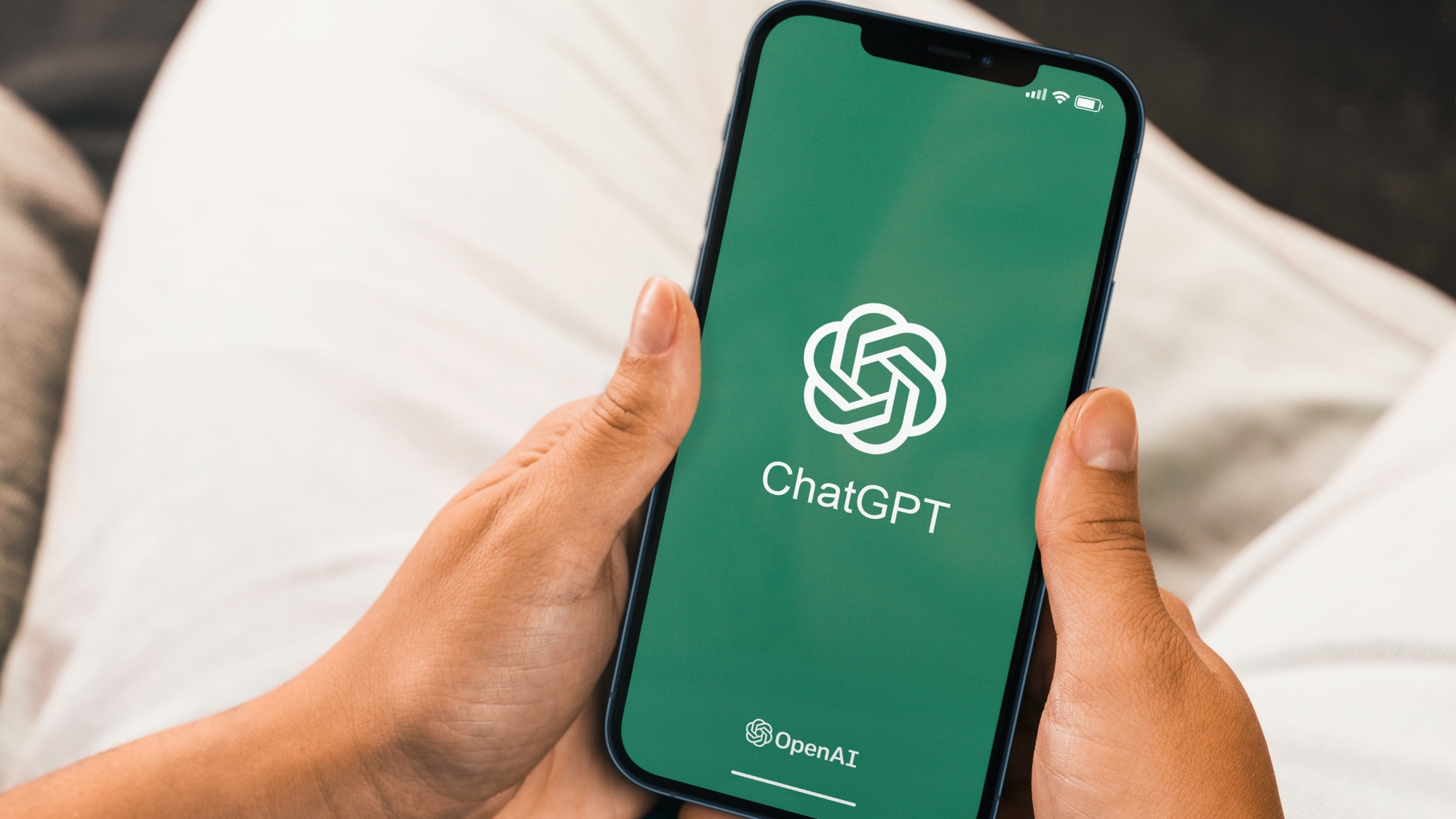10 Reasons Android Still Beats the iPhone
Android handily beats the iPhone because it provides a lot more flexibility, functionality and freedom of choice.
Apple's iPhone lineup took a leap forward this year, adding new hardware capabilities such as wireless charging and, in the case of the iPhone X, a high-res OLED screen. At the same time, iOS 11 introduced new refinements to Apple's phones. But even though iPhones are the best that they've ever been, Android handsets still offer a far better combination of value and features than Apple's limited lineup.
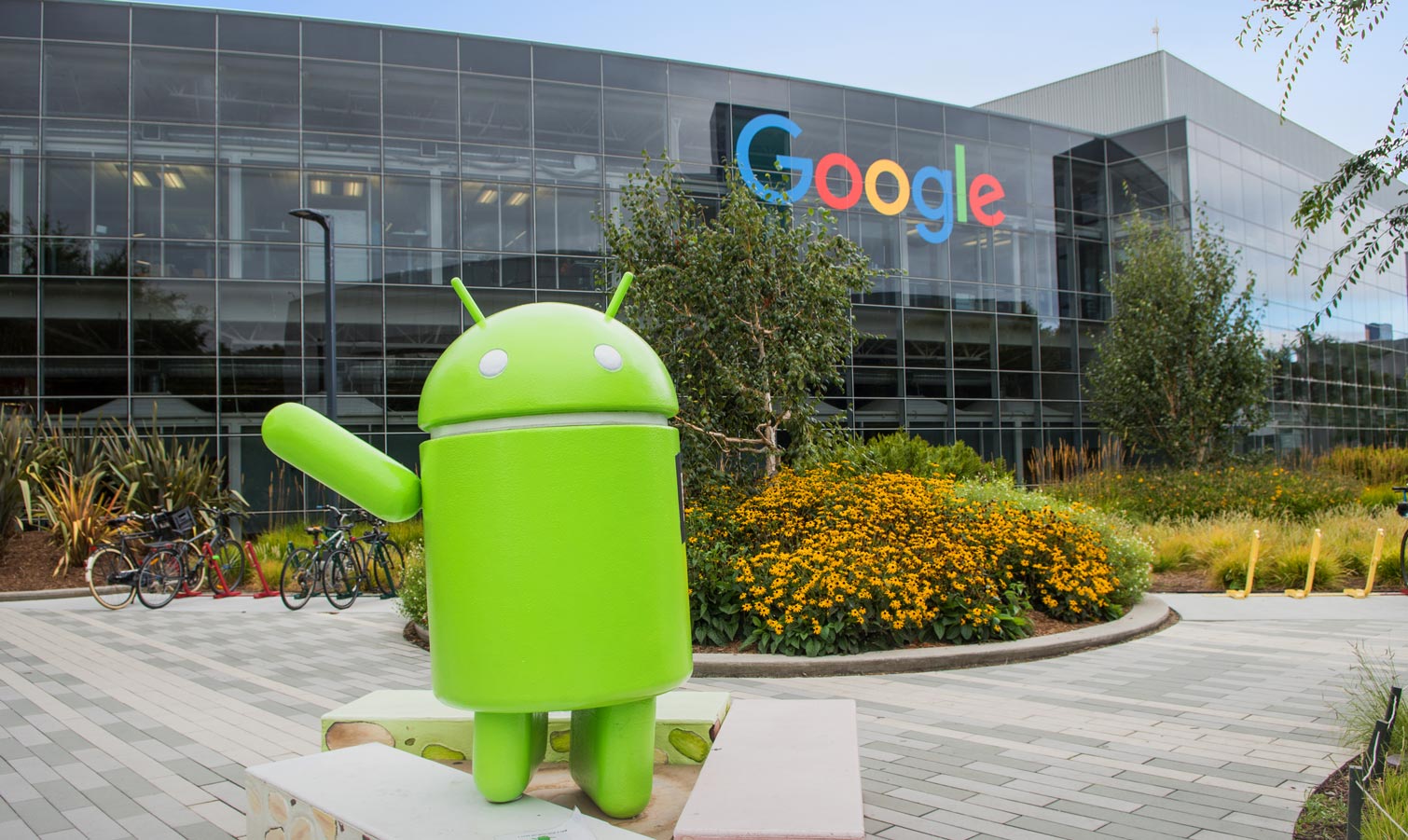
Android takes off the training wheels and lets consumers choose from a swath of hardware and software, also giving access to key technologies, such as 3.5mm headphone jacks and USB-C ports that you won't find on the latest iPhones. You can also get an unlocked Android phone for far less than the cost of Apple's least expensive handset, the iPhone SE.
Here are 10 reasons Android beats the iPhone.
1. Better values
If you want an iPhone, you have eight choices: the $349 iPhone SE, the $449 iPhone 6s, the $549 iPhone 6s Plus and iPhone 7, the $669 iPhone 7 Plus, the $699 iPhone 8, the $799 iPhone 8 Plus, and the $999 iPhone X. While the 4-inch iPhone SE may sound like a bargain in comparison to its big brothers, you can find a really great Android phone that sells for less than $349 and comes with a much bigger screen.
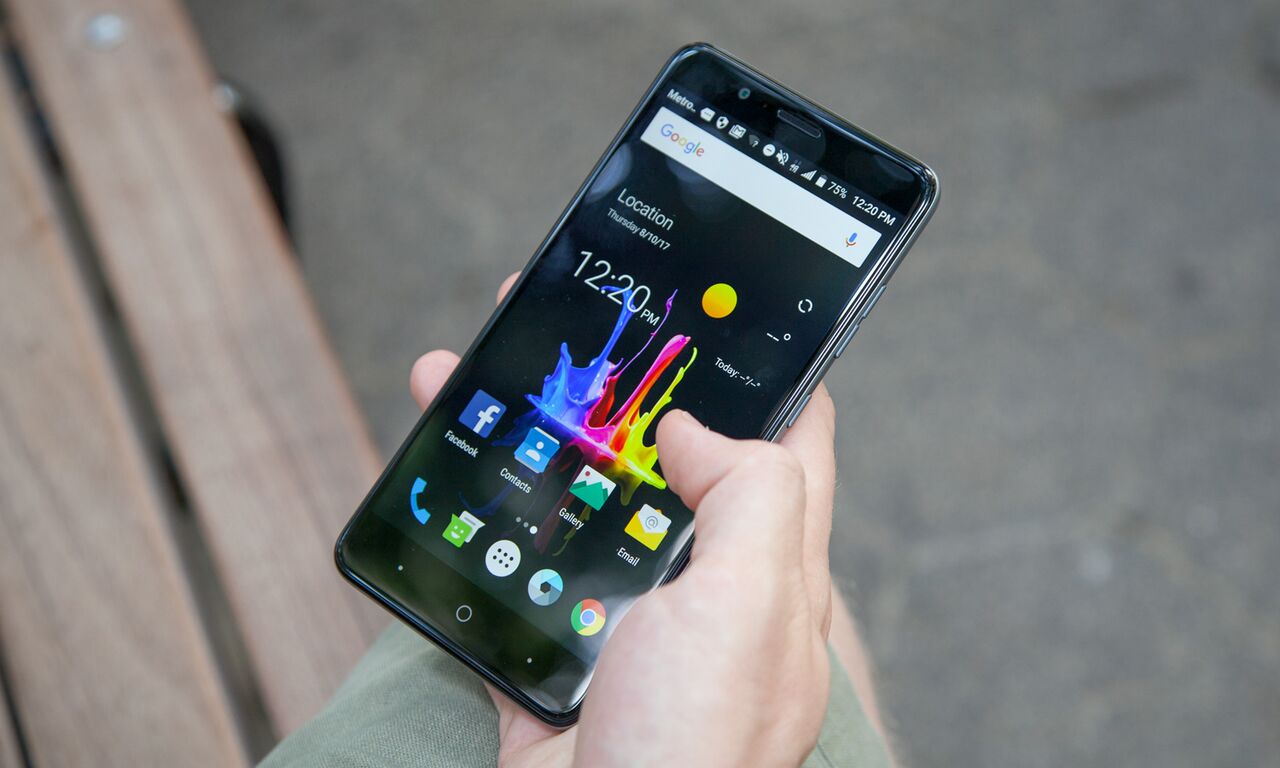
There are more than half a dozen good Android phones that cost less than $250. You can get a solid handset like the Moto G5 Plus — which has a 5.2-inch, 1080p display; a snappy Snapdragon 625 CPU; and a good 12-MP camera — for just $239. Available on MetroPCS, the $130 ZTE Blade Z Max has a 6-inch, full-HD display and lasts more than 11 hours on a charge.
2. 3.5mm headphone jacks
All phones since the iPhone 7 lack the 3.5mm audio jack that lets you connect a pair of standard headphones. If you want to listen to music on your Apple handset, you'll have to use a dongle, connect a pair of Bluetooth headphones or buy a wired set that uses the company's proprietary Lightning connector.
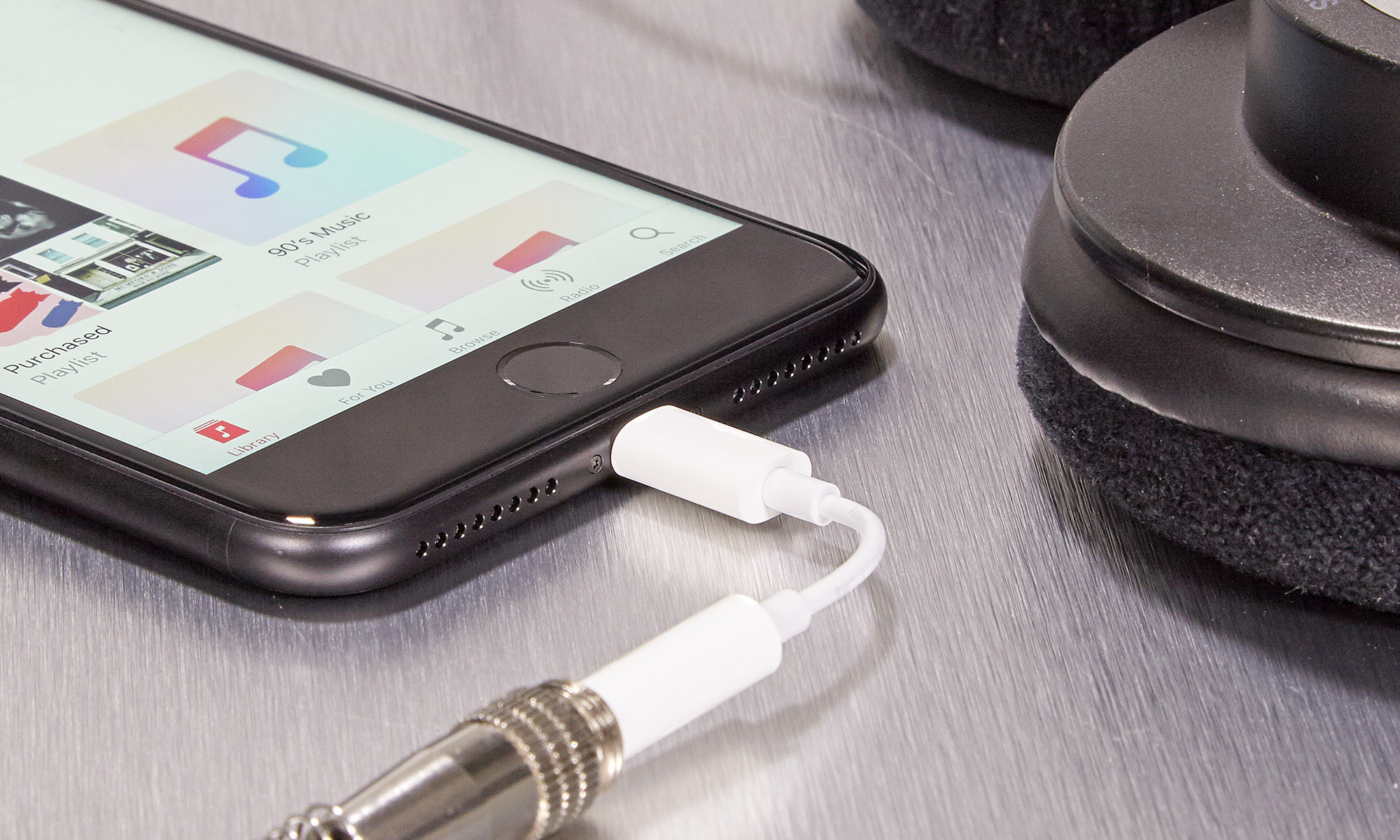
REBUTTAL: 11 Reasons the iPhone Beats Android
Get instant access to breaking news, the hottest reviews, great deals and helpful tips.
However, most of the world's headphones — ranging from the $3 pair you get at Walgreens to the $300 set of Bose QuietComforts you got for your birthday — still use the 3.5mm connector. With the exception of the Moto Z and Google Pixel / Pixel 2, most Android phones still have this popular port, including all of the hottest handsets from Samsung, LG and OnePlus.
3. USB Type-C charging ports with fast charging
If you want to charge an iPhone or connect it to your computer for any reason, you'll need a cable with Apple's proprietary Lightning port. Unfortunately, other than iPhones and iPads, no devices charge over Lightning, so you can't share the same set of cables with your other gear. This is ironic, because Apple's MacBooks charge via USB-C.
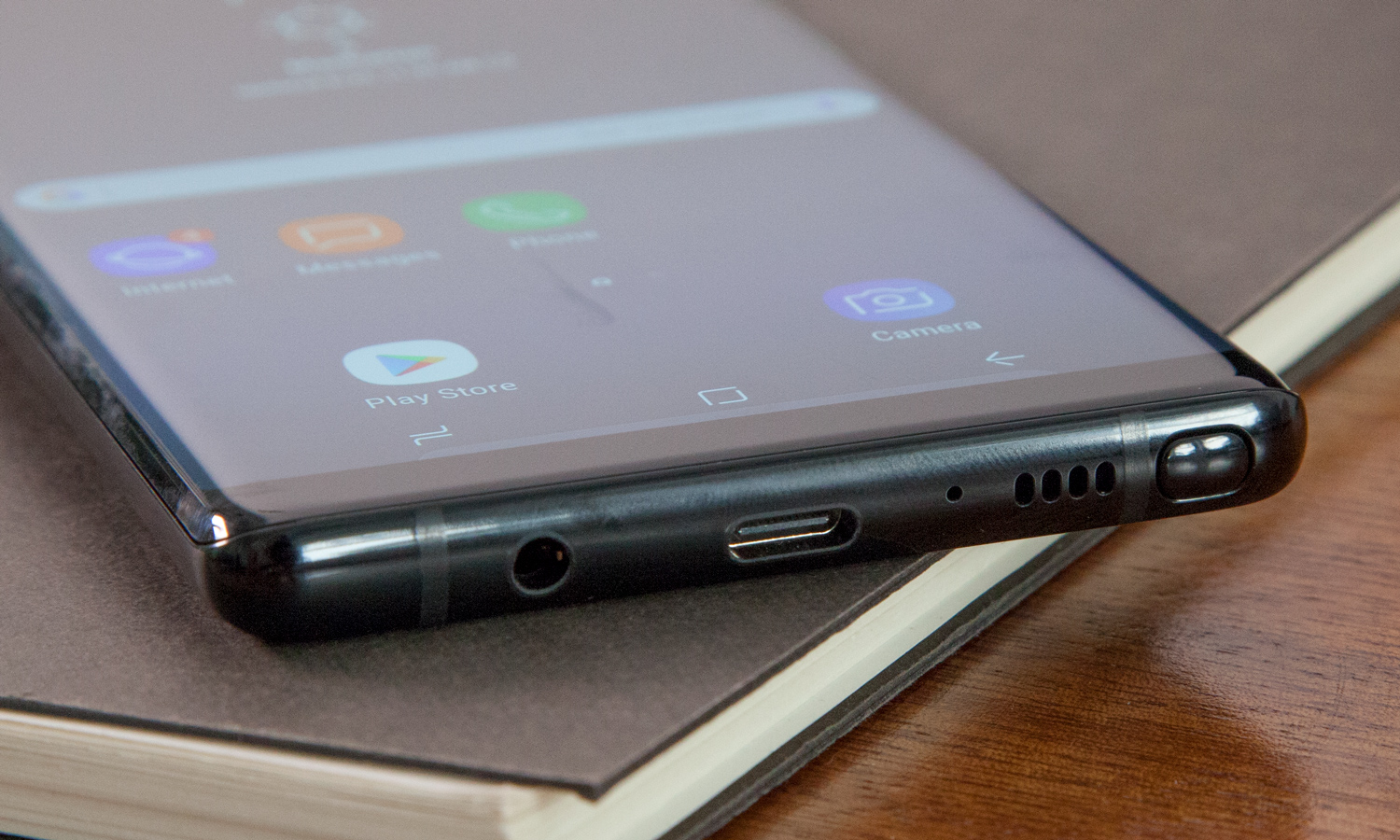
Today, most new Android phones use a USB Type-C port for charging, which means that they can access an extremely broad universe of ports and peripherals, from universal chargers to docking stations. In addition, USB-C enables fast wired charging on most newer Android phones. With the iPhone 8, iPhone 8 Plus and iPhone X, charging fast with a wire means buying another 29-watt or higher power brick plus a USB-C-to-Lightning cable.
4. Customization, widgets and skins
Like a father in a 1950s sitcom, Apple thinks it knows what's best for you, no matter what you need or want, so it locks down the UI and offers fewer customizations than Google does. You're limited to a few select widgets. But with Android, you can choose from thousands of widgets that live on your home or lock screens and provide everything from music playback to weather and note taking.
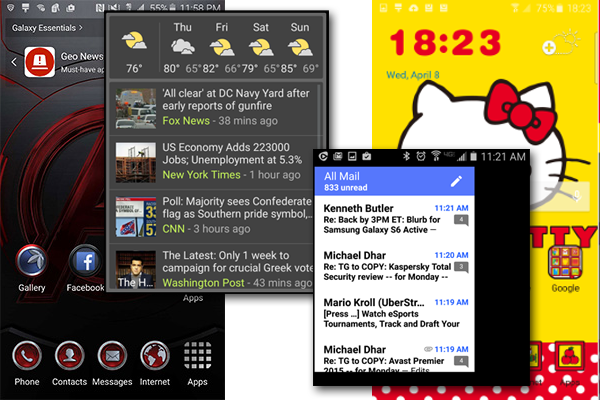
Manufacturers such as Samsung and LG add custom "skins" on top of the core operating system, offering a unique look and feel. Better still, you can install your own launcher or add a custom theme, which makes your phone look and feel completely different — and uniquely yours.
5. Many more hardware options, including rugged phones
At one time, Google's marketing tagline for Android was "Be Together. Not the Same." That makes sense, because the platform appears on hundreds of different phone models around the world. You can get Android phones with giant screens, small screens, modular add-ons, QWERTY keyboards and replaceable batteries.
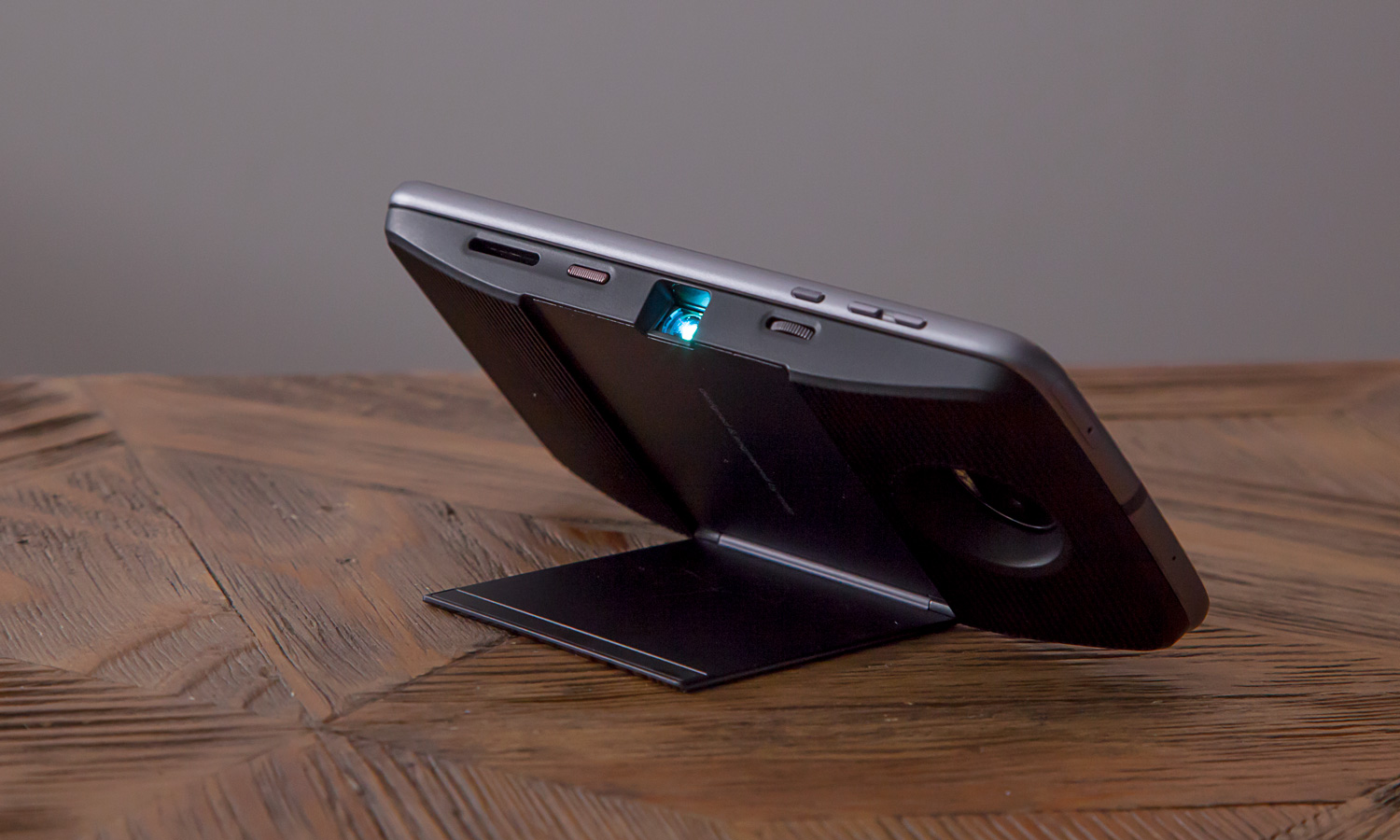
It's nice to know that the latest iPhones are water-resistant, but if you're really worried about breaking your phone, there are some truly rugged handsets out there, like the Moto Z2 Force, which has a screen that's guaranteed not to crack for four years and an optional projector add-on. You can also consider the LG X venture, which is shock-resistant from up to 4 feet in the air. If you want the feeling of typing on real physical keys, look no further than the BlackBerry KeyOne.
6. A true, working file system
Want to copy files from your iPhone to your computer? You'll need to install iTunes and set up an account, and even then, you can move only media files, such as photos, back and forth. Plug an Android phone into your PC, on the other hand, and it instantly mounts as an external drive filled with folders you can drag and drop.
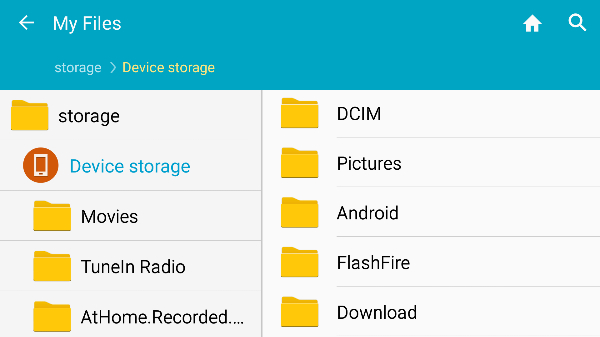
With iOS 11, iPhone users recently got the ability to browse through some of their data files using the new Files app. However, Files doesn't give you access to all the folders on your device like Android tools such as Astro File Manager and ES File Manager do. And the iOS 11 Files app still doesn't make your iPhone appear as an external drive when you connect it to your computer via USB.
7. A back button
Android's back button provides a really simple and helpful way to return to a previous screen no matter where you are. The button even works across apps. If you hit a link in Facebook and get transported to the Chrome browser, you can return to the social media app when you hit the back button.
On the iPhone, you can get contextual back buttons within apps or a back button that appears when you click a link that takes you from one app to another. However, there's no universal button that helps you step back.
8. Multiwindow support
If you're looking to multitask on your phone, you want an Android phone. The latest two versions of Google's mobile operating system, Android 7 Nougat and Android 8 Oreo, have a built-in multiwindow mode, allowing you to, for example, look at the company web page in one window while you reply to your boss's email in another. Even without the latest OS update, phones from LG and Samsung have this split-screen view built in. Apple has a split-screen view in iOS, but only for the company's tablets, not its phones.
9. Write with a stylus
While you can get an Apple Pencil for your iPad, if you want to scribble on your iPhone screen, you're pretty much out of luck (you can buy a capacitive stylus which is no better than your finger).
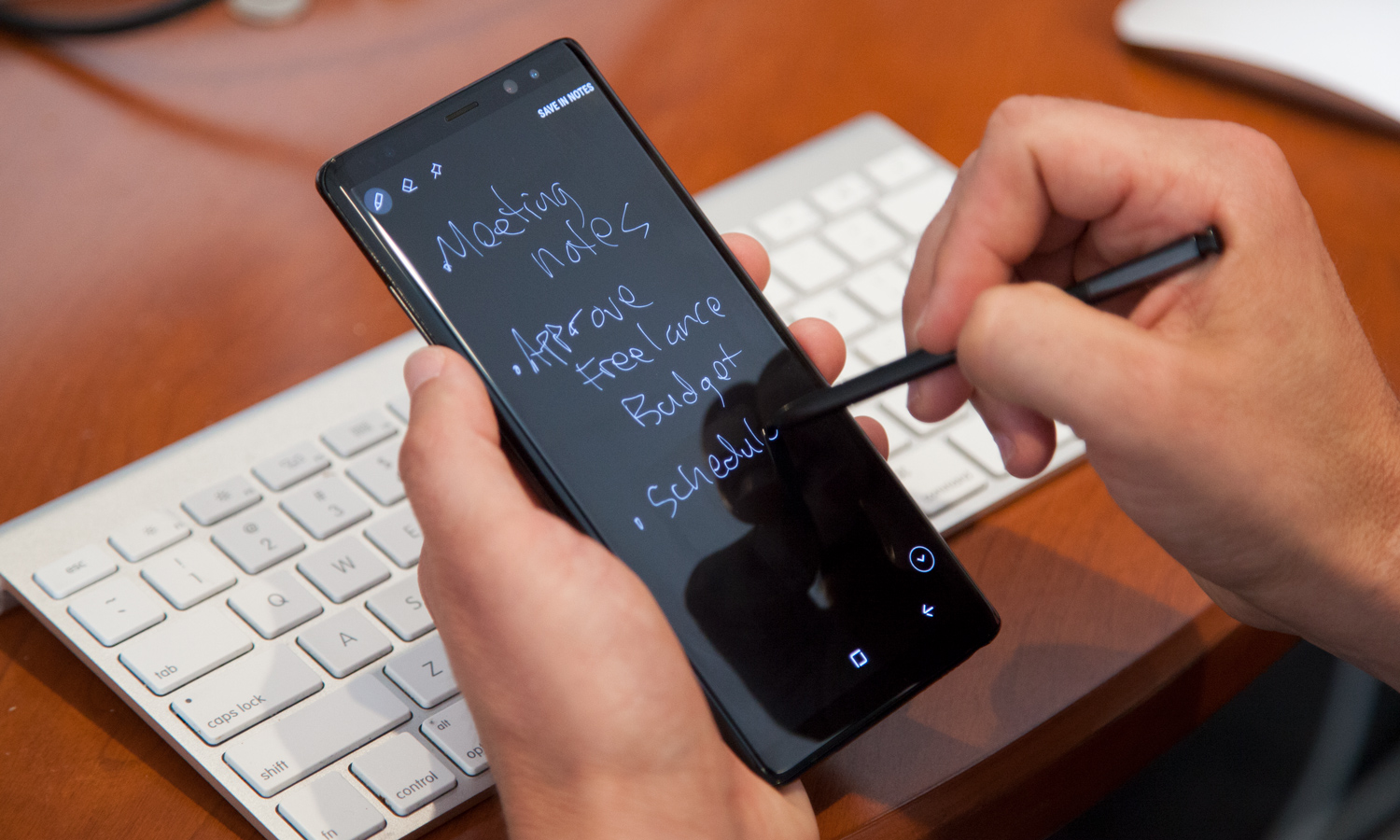
However, the Galaxy Note 8 comes with the extremely powerful S Pen, and the onboard software lets you use the stylus for drawing, writing instant messages and scribbling notes even when the phone's screen is off. LG also makes a number of stylus-enabled phones, including the G4 Stylus and the Stylo 3.
10. More login options
The iPhone 6, 7 and 8 all use Apple's Touch ID fingerprint recognition to let you log in with one touch, but they don't offer facial or retina recognition. The iPhone X offers facial recognition but no fingerprint or retina option. Android devices provide you with a wide range of authentication options. Samsung's recent Galaxy phones, for example, let you choose fingerprint, retina or facial recognition.
Credit: Tom's Guide/Shutterstock
